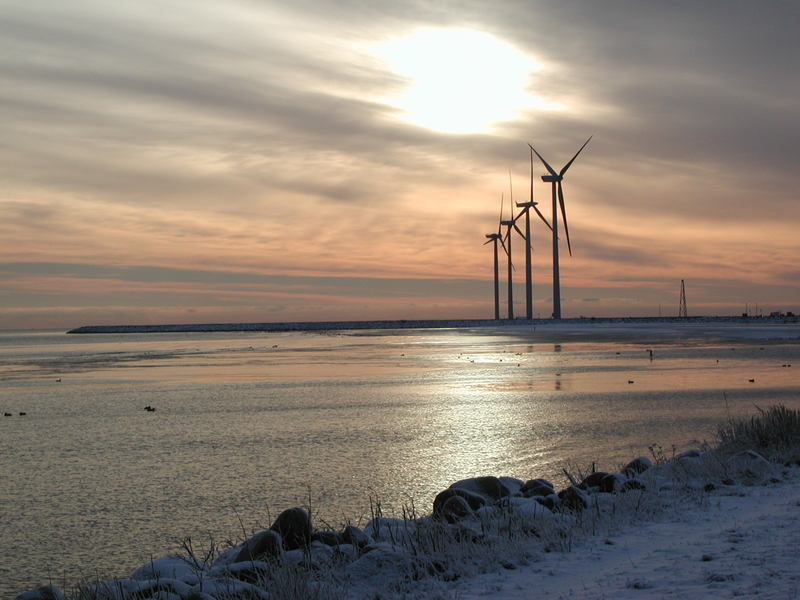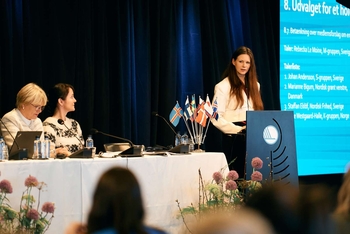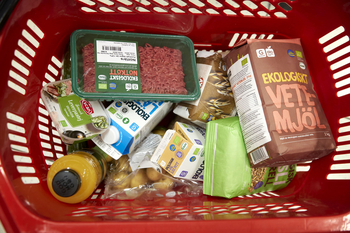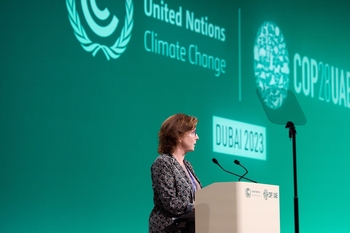Practical toolbox helps small communities in green transition

The tool kit provides guidelines for developing affordable, and reliable, renewable energy projects, using off-the-shelf technology. It is designed to be highly adaptable, and easy to use, and it provides formulas for calculating the costs and benefits of particular energy and heating systems based on the needs of the community.
The hope is that this guide will be used by motivated local actors – politicians, energy companies, ordinary citizens – in small communities to realize their renewable energy ambitions. It will give planners the practical tools and information they need to set up their project in a way that will make it most likely to succeed, and in turn inspire other small communities to follow their lead.
Amitious targets for green transition
The tool kit, Renewable energy supply and storage: Guide for planners and developers in sparsely populated areas is produced by Nordic Energy Research, an institution under The Nordic Council of Ministers, and the consulting group COWI.
- The Nordic countries have set ambitious targets for implementing renewable energy sources, which will move them closer to a sustainable fossil-free energy system. Small communities represent an exciting opportunity for a much faster transition to a system based on 100 per cent renewable energy than would be possible in urban areas, says Dagfinn Høybråten, Secretary General of The Nordic Council of Ministers.
The guide provides the knowledge and tools needed to plan the renewable energy system that is best for a specific community. It allows planners to look at all the options, and weigh all the costs.Planners get practical help
Planners can, for example, use the tool kit to work out whether a district heating system based on a centralized heat pump is best for their town, or whether system based on individual heat pumps powered by the local renewable energy plant would be more efficient.
- The guide provides the knowledge and tools needed to plan the renewable energy system that is best for a specific community. It allows planners to look at all the options, and weigh all the costs. This helps them decide the best way to transition to an energy system that will provide affordable and reliable heat and energy to their community, without producing greenhouse gas emissions, says Hans Jørgen Koch, CEO of Nordic Energy Research.
It also provides answers to questions like: Is it better to store heat for later use in insulated water tanks or use a system where energy is stored in batteries? The guide considers as many variables as possible, to help planners decide on the best approach for their specific energy project.
The project partners have initiated a pilot program in Leirvík on the Faroe Islands, to see how the guide can be used in practice. As the project unfolds the hope is that Leirvík will make the transition to a renewable energy system.




